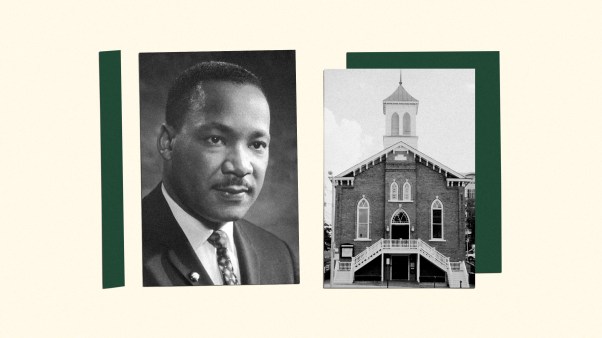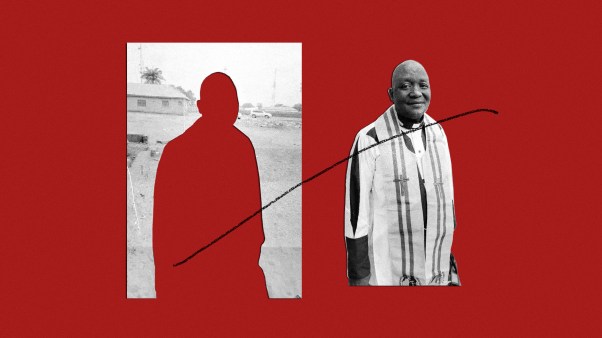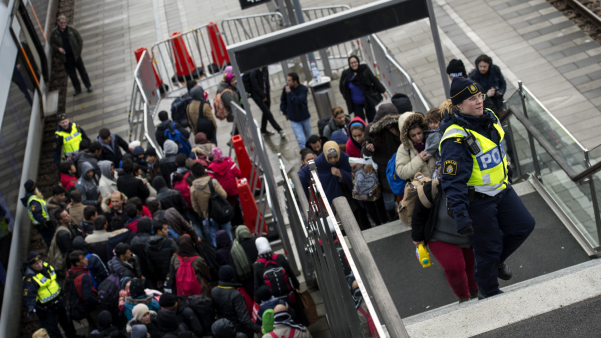Jewish funerals almost always took place the same day as the death. The eyes of the deceased were closed, the corpse was washed with perfumes and ointments, its bodily orifices were stopped, and strips of cloth were wrapped tightly around the body—binding the jaw closed, fixing arms to the sides, and tying the feet together. Once prepared, the corpse was placed on a bier or in a coffin and carried out of town in a procession to the family tomb, usually a small rock-cut cave entered through a narrow opening that could be covered with a stone.
After eulogies, the corpse was placed either in a niche or on a shelf, along with items of jewelry or other personal effects. Once in a while, a Jewish funeral might even be a little too hasty: the rabbis told stories of people who were mistakenly buried before they were actually dead!
But the Jewish rituals of death did not end with the burial. A week of intense grieving, called shiv’ah (“seven”) followed, during which family members stayed at home and received the condolences of friends. (Mary and Martha were in this period of grief for Lazarus when Jesus arrived at their home.)
Then came a month of less intense mourning, called shloshim (“thirty”), during which family members still did not leave town, cut their hair, or attend social gatherings. After shloshim, most aspects of normal life resumed, but the immediate family of the deceased continued to mourn for one year. Then they would return to the tomb for a private ceremony known as “the gathering of the bones.” In this secondary burial, the bones of the deceased were collected into a small stone container, called an ossuary.
Finally, the rites of mourning were over and the relatives could return to normal life.
No rest for the wicked
Different burial customs awaited those who had been condemned by order of a Jewish court. Burial in disgrace was well-known from earlier periods in Israel’s history. The bodies of some prophets and kings, for example, suffered ignominious treatment after their deaths.
In Jesus’ day, shameful burial meant two things: (1) a condemned criminal could not be placed in the family tomb until secondary burial, and (2) a condemned criminal could not be mourned in public. The family was not to observe either shiv’ah or shloshim. On the contrary, they were expected to agree with the verdict of the court.
It is striking that the burial of Jesus conforms to both these Jewish customs of dishonorable burial. In each Gospel story, Jesus was neither buried in a family tomb, nor did anyone observe the rituals of mourning for him. Even when the women came to the tomb, they came only to “see the tomb” or to anoint the body.
Furthermore, Matthew, Luke, and John each explicitly described Jesus’ tomb as one “where no one had yet been laid.”
Jesus’ humiliation, then, did not end with his crucifixion. Even after he died, Jesus’ body was treated as an object of shame—he was buried in disgrace like a condemned Jewish criminal.
—Byron R. McCane, professor of religion, Converse College Spartanburg, South Carolina
Copyright © 1998 by the author or Christianity Today/Christian History magazine.Click here for reprint information on Christian History.










